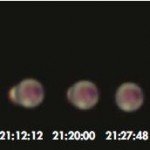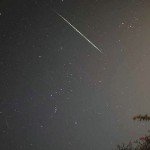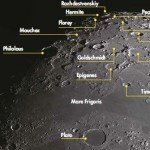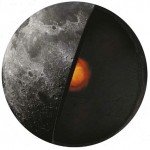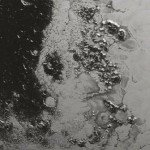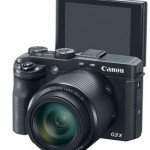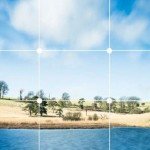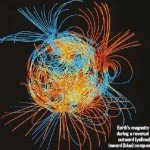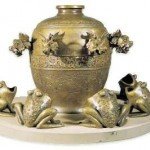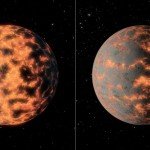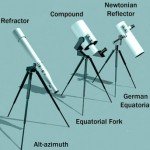The Geminid meteor shower
The Geminid meteor shower arguably puts on the best display of the year, although fans of the Perseids, which peak on 13 August, may disagree. The reason why this split occurs is that the Perseids peak when the nights are shorter and warmer. Mid-December has around 12 hours of true darkness compared to just 3.5 hours in mid-August, so the Geminids are a test of stamina! There will be some Moon interference this year. The last quarter Moon rises around 23:30 UT on 13 December, remaining above the horizon for the rest of the night.
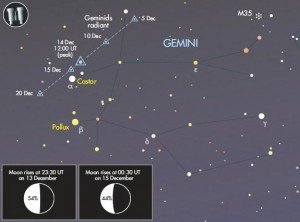
The bright Moon will make for challenging observing conditions, but you’ll still be able to see bright trails
On the following night the marginally thinner Moon rises an hour later, at 00:30 UT on the 15th. Peak activity for this year’s display is expected at 12:00 UT on 14 December, which is of course in broad daylight. After midnight, Earth turns so that the meteoroids that create the shower hit our atmosphere head-on, leading to heightened rates. Consequently the best activity is likely to be seen on the morning of 14 December, which is the closest morning to the peak.
The Geminid shower has a zenithal hourly rate (ZHR) of 120 meteors per hour compared to the Perseids’ lower figure of 100 per hour. Now this may sound like you’re going to see two meteors every minute, but that’s not how the ZHR figure works. The ZHR of a meteor shower is a way to normalise activity so that rates can be compared between different showers. It’s a figure that assumes a perfect sky and the radiant – the area the shower meteors appear to emanate from – being overhead at the zenith. It also assumes you can observe the entire sky in one go, which isn’t actually possible. The biggest factor affecting the number of meteors seen is the Moon’s glare.
This is likely to reduce the visual rate to around 15-20 per hour. A bright Geminid passing across the heavens is a wonderful sight and even with the Moon’s disruptive influence, an all-night watch on 13/14 December is highly recommended if the weather stays clear. A meteor may appear anywhere, but if you need a direction to view, look up at a height of about 60°, or two-thirds of the way up the sky. Look at this height in any direction that the Moon isn’t spoiling the view.
Try to keep your eyes dark adapted and avoid looking at the Moon. And if you fancy having a go at photographing the shower, see advice on how to create a Geminid activity composite.

